The Montessori philosophy states that all babies are born with a mathematical mind and a drive to understand the environment around them. And as humans, we have the inclination to learn things that enhance our ability to be exact and orderly, observe, compare and classify. However, in order for this part of intelligence to develop and flourish, it must be provided help and direction. The Montessori philosophy encourages the introduction of math at an early age so that the child’s subconscious mind will be open to the information as it will not be accepting of it at a later date.
Included in the core math activities presented in the Children’s House at Chesapeake Montessori School are Spindle Boxes and the Teens Board. Each activity has a specific way it is presented to the child that helps facilitate the overall learning process. The purpose of the activities is to continue in preparing the child for later learning through exposure to concrete materials, introduction to abstract concepts, and provision of a sequential understanding of math concepts.
Spindle Boxes
This activity aims to guide a child in learning to count and to introduce the concept of zero as well as reinforce the natural sequence of numbers. The work consists of two boxes exactly the same, each with five compartments. At the back of each compartment are the numbers 0-9 painted in black, starting with 0 and progressing to 9.
The child counts out the quantity of spindles in their hand and places each set of spindles into the appropriate rectangular section. The activity aids in developing the idea that a quantity can be made up of loose units combined together as a set. Children also begin to learn the idea of zero as an empty set.
Teens Board
Another math activity, the Teens Board, is a means to facilitate the construction of the numbers from 11 to 19 and show their relation to the quantity of 10. It also helps to reinforce the idea of place value. The Teens Board requires a 9-bead stair and 9 ten bars.
This is the second post as part a monthly series that will explore core activities and materials found in Montessori Children’s House environments in the areas of sensorial, math, language, practical life and culture. Please check back with us next month for a more in-depth look at some language activities.


